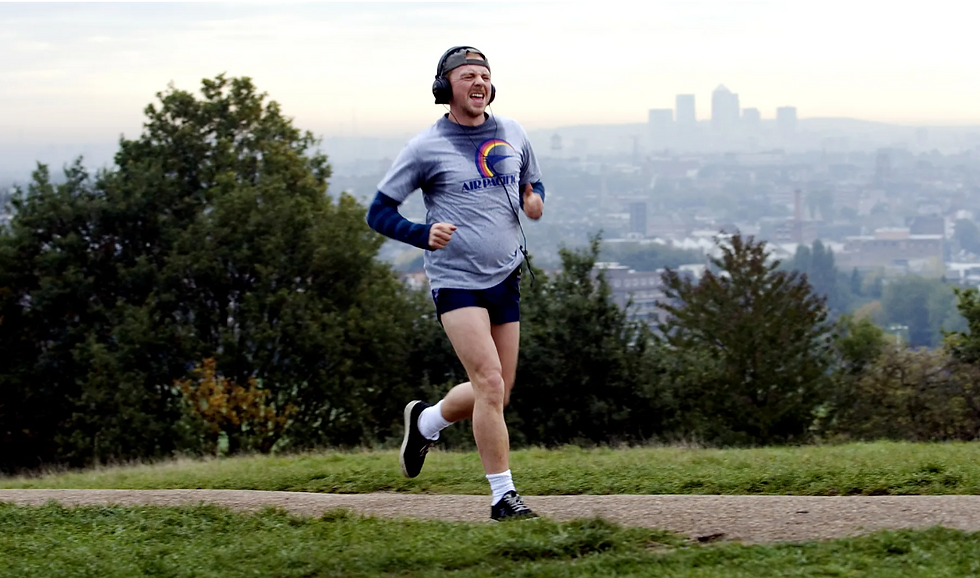How to run faster in your forties and beyond
- trending Jewelry
- Apr 5, 2023
- 2 min read

The five yards between you and the ball is the acid test. Your mind is screaming at you to cover that patch of grass, you know exactly where you need to be, where you once would have been, but nothing happens, at least nothing with the dynamic, good-to-be-alive, explosive energy you were once able to generate. But when it comes to knowing how to run faster, it doesn’t have to be this way.
Jonathan Folland is professor of neuromuscular performance at Loughborough University, and he says we neglect power as part of our training as we age. The Rapha-clad cycling club, the half marathon charity runs are now part of middle-aged life alongside craft beer and mortgage anxiety but no one sprints.
“It does tend to get left out and it’s super important for many reasons. As we age the thing that drops the most is muscular power so being able to improve or maintain that is critical to our overall functional ability.”
I come at this as someone in their late 50s and a man who refuses to resign himself to the steady-as-he-goes years. The cultural bias against anyone over forty moving at speed, is holding us back and, as it turns out restricting the efficacy of our exercise regimes.
“During endurance exercise we tend to use a relatively low proportion of the muscle," says Professor Folland. "You only recruit about half of the muscle tissue. If you do intense exercise, you engage a bigger proportion.” Working closer to your max is a whole-body wake-up call. It’s also key in stabilising joints and preventing injury – almost all sports will call for some form of muscular power and it’s wise not to wait until the next Dads vs Lads to discover yours has faded. think fast run fast gif






Comments